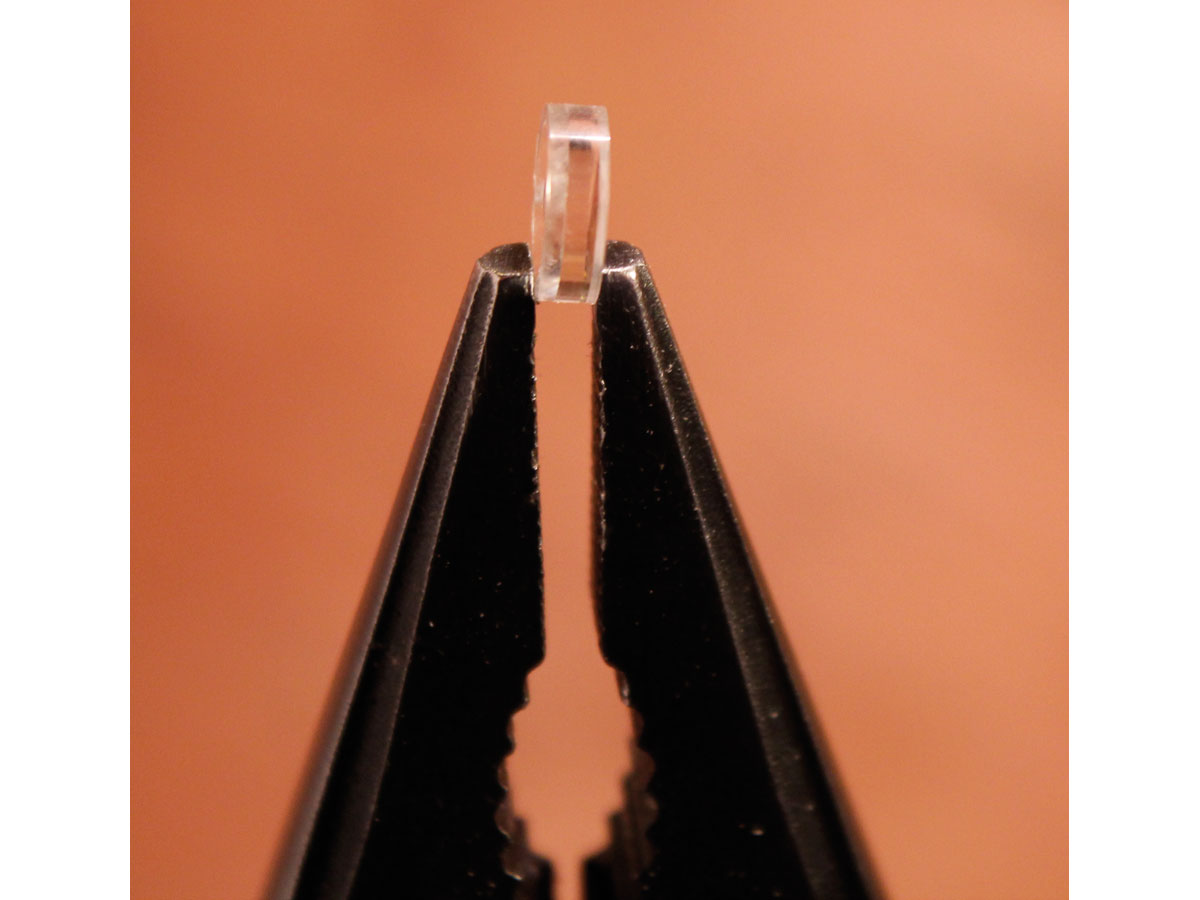
You can easily turn your smartphone camera into a powerful digital microscope. All you need is a few tools, the focus lens from a cheap laser pointer or two, and about $10 worth of materials from the hardware store.
Not only will this homemade microscopy stand take high-quality macro photos, but with the ability to magnify objects up to 175x (or 325x if you use two lenses), you can easily see and photograph cells. You can even do laboratory experiments — we were able to observe plasmolysis in red onion epidermal cells.
You’re not restricted to a laboratory setting with this microscope. It was designed to be easy to operate, lightweight, and portable. Just align your phone’s camera with the focus lens on top of the camera stage, then place the object you’d like to view on the adjustable specimen stage.
Since I first shared this project on Instructables, I’ve added a second lens for higher magnification, springs to keep the specimen stage steady, and plexiglass slides to make switching samples clean and easy.
Because the stages are also constructed with plexiglass, objects can easily be viewed with or without an external light source. This lets you use the microscope in a wide range of settings — in the classroom, outside, or in your own home — to take a closer look at the world around you.
Here’s how to make it.
























